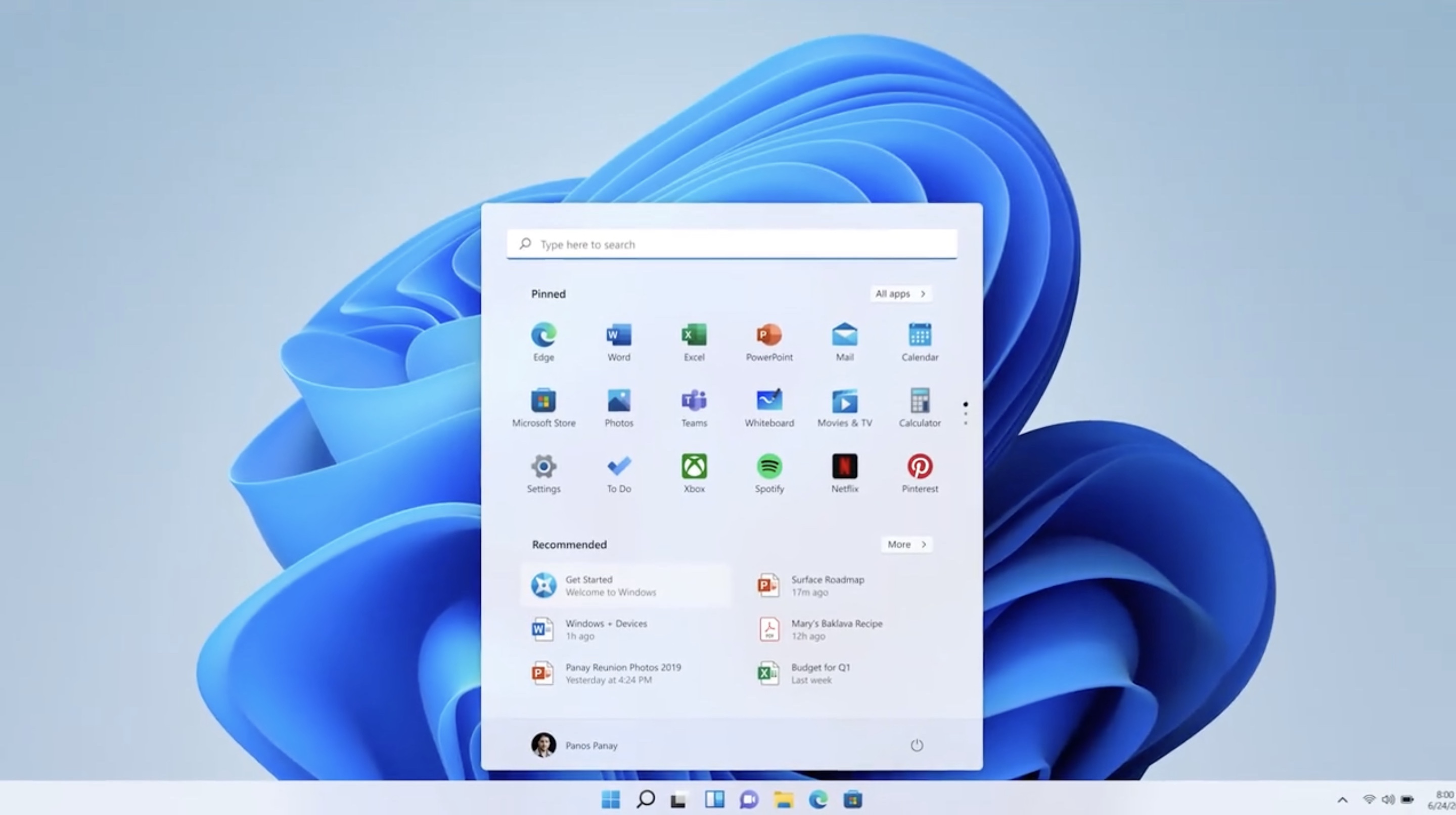

In the folder that opens before you choose all the files and folders within the Temp folder and then remove them. Open the ‘Run’ dialog box through tapping Win+R in combination and in the dialog box that opens, type %temp% and then tap on Enter.

You guys can also delete all the downloaded, failed, and pending Windows 10 updatesusing the ‘Run’ command as well. Delete Downloaded, Failed, Remove Pending Updatesĭelete the contents of the Temporary folder If you want to skip a particular update, after deleting the files, you can use the “Show or hide updates” tool to block the Windows update from trying to install again.Īlthough we are focusing on cumulative updates, these steps should also work to delete pending feature updates. When you complete all of these steps, then the cumulative update installation files will be deleted from your device.
Then tap on the Delete button from the “Home” tab. Choose all the contents ( Ctrl + A or click the select all option in the “Home” tab) inside the Download folder as well. Then type the following path in the address bar and tap on Enter:. First, open File Explorer on Windows 10. If you want to delete pending updates in order to avoid the installation. So, in this guide, you guys will learn the steps to delete the files for pending updates on Windows 10 actually. That contains the files that Windows Update uses in order to apply new updates. You can also complete this task through removing the contents inside the SoftwareDistribution folder. Or some of the users are reporting issues along with the particular patch, then you can delete the pending updates in order to download the package again or skip the update entirely as well. Whatever the reason it might be if you guys are having problems installing a Windows update. In this article, we are going to talk about How to Remove Pending Updates Windows 10. Like, the updates could fail to install as a result of file corruption, compatibility, or unknown bugs as well. On Windows 10, the process to install cumulative updates can most of the time cause problems.





 0 kommentar(er)
0 kommentar(er)
